Marvel’s new ‘Fantastic Four’ poster is a breath of fresh air in the AI age
A new Marvel movie, The Fantastic Four: First Steps, is set to arrive in July, and fans are already invested in its marketing campaign. Earlier this month, the film’s Instagram account uploaded a promo poster, and people have been reacting. On the subreddit r/marvelstudios commenters praised the poster’s minimalistic design and color scheme. (“The art for this movie has been [to] die for. Man. Whoever is doing this graphic design should be proud,” read one comment.) The retro-futuristic design features only two colors: sky blue and white. Overlapping figure fours surround white silhouettes of Mr. Fantastic, Invisible Woman, Human Torch, and the Thing standing in the middle of the title-less poster, which includes only basic details about the release date (July 25) and the studio (Marvel, of course). The design is distinct in a world full of “floating head” movie posters (and a far cry from the Fantastic Four’s other, more provocative promotional poster). It calls to mind the art of Saul Bass, one of history’s most famous graphic designers. View this post on Instagram A post shared by Fantastic Four (@fantasticfour) Who is Saul Bass Bass is the artist behind some of the most recognizable designs of the 20th century, including the title sequences for Alfred Hitchcock’s films and the logos of Quaker Oats and AT&T. Born in the Bronx in 1920, Bass took classes at Brooklyn College, where he studied under György Kepes (whose teachings influenced Bass’s entire career). Jan-Christopher Horak is the former director of the UCLA Film & Television Archive and the author of Saul Bass: Anatomy of Film Design. He said the influence of both the Bauhaus German design school and gestalt principles, which focus on how psychology changes the way we view designs, manifest in the simple construction and geometric arrangement common in Bass’s designs. Minimal construction is a key part of Bass’s title sequences, which he started developing for directors in the 1950s. One of his first iconic images is the twisted arm that opens Otto Preminger’s film The Man With the Golden Arm. “He breaks down the story, abstracts it into a kind of geometry,” Horak said. “In certain pre-credit sequences, you’ll have just lines moving through spaces. You’ll have figures just moving through space.” The Bass effect Horak recognizes Bass’s aesthetic in the design of the Marvel poster, beginning with the reduction to two primary colors. By limiting the color palette, the designer can create intense contrast in different elements. Horak points out that the design maintains its perception of depth despite its limited color scheme. The use of the figure fours layered on top of one another allows the design to be viewed as a tunnel with the characters’ monochromatic outlines inside. (This is especially true for the short video sequence also posted by the Fantastic Four Instagram.) View this post on Instagram A post shared by Marvel Studios (@marvelstudios) “It’s a visualization of the title,” Horak said. “It’s focusing the eye and leading the eye.” Bass’s striking work greatly influenced American design in the 1960s; the 1960s retro-futuristic aesthetic of The Fantastic Four: First Steps makes perfect sense, according to Horak. In this period, Bass completed design campaigns for major corporations, creating one unified aesthetic of primary colors and abstraction. This aesthetic screams 1960s to viewers and, likely from Marvel’s perspective, Marvel fans.

A new Marvel movie, The Fantastic Four: First Steps, is set to arrive in July, and fans are already invested in its marketing campaign. Earlier this month, the film’s Instagram account uploaded a promo poster, and people have been reacting.
On the subreddit r/marvelstudios commenters praised the poster’s minimalistic design and color scheme. (“The art for this movie has been [to] die for. Man. Whoever is doing this graphic design should be proud,” read one comment.)
The retro-futuristic design features only two colors: sky blue and white. Overlapping figure fours surround white silhouettes of Mr. Fantastic, Invisible Woman, Human Torch, and the Thing standing in the middle of the title-less poster, which includes only basic details about the release date (July 25) and the studio (Marvel, of course).
The design is distinct in a world full of “floating head” movie posters (and a far cry from the Fantastic Four’s other, more provocative promotional poster). It calls to mind the art of Saul Bass, one of history’s most famous graphic designers.
Who is Saul Bass
Bass is the artist behind some of the most recognizable designs of the 20th century, including the title sequences for Alfred Hitchcock’s films and the logos of Quaker Oats and AT&T. Born in the Bronx in 1920, Bass took classes at Brooklyn College, where he studied under György Kepes (whose teachings influenced Bass’s entire career).

Jan-Christopher Horak is the former director of the UCLA Film & Television Archive and the author of Saul Bass: Anatomy of Film Design. He said the influence of both the Bauhaus German design school and gestalt principles, which focus on how psychology changes the way we view designs, manifest in the simple construction and geometric arrangement common in Bass’s designs.

Minimal construction is a key part of Bass’s title sequences, which he started developing for directors in the 1950s. One of his first iconic images is the twisted arm that opens Otto Preminger’s film The Man With the Golden Arm.
“He breaks down the story, abstracts it into a kind of geometry,” Horak said. “In certain pre-credit sequences, you’ll have just lines moving through spaces. You’ll have figures just moving through space.”
The Bass effect
Horak recognizes Bass’s aesthetic in the design of the Marvel poster, beginning with the reduction to two primary colors. By limiting the color palette, the designer can create intense contrast in different elements.
Horak points out that the design maintains its perception of depth despite its limited color scheme. The use of the figure fours layered on top of one another allows the design to be viewed as a tunnel with the characters’ monochromatic outlines inside. (This is especially true for the short video sequence also posted by the Fantastic Four Instagram.)
“It’s a visualization of the title,” Horak said. “It’s focusing the eye and leading the eye.”
Bass’s striking work greatly influenced American design in the 1960s; the 1960s retro-futuristic aesthetic of The Fantastic Four: First Steps makes perfect sense, according to Horak. In this period, Bass completed design campaigns for major corporations, creating one unified aesthetic of primary colors and abstraction. This aesthetic screams 1960s to viewers and, likely from Marvel’s perspective, Marvel fans.
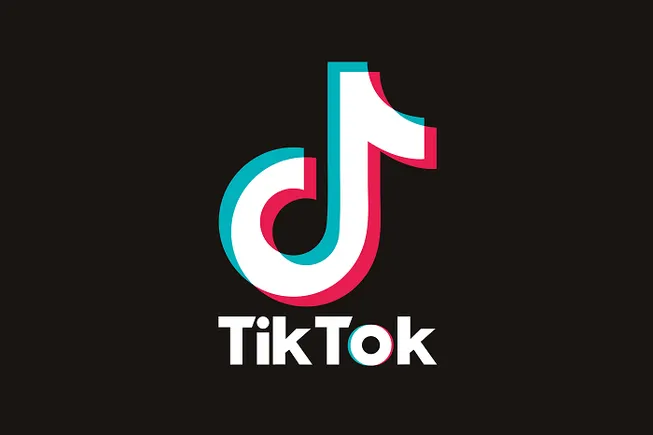

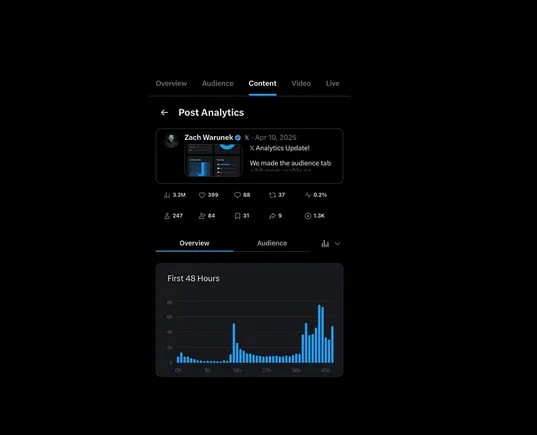


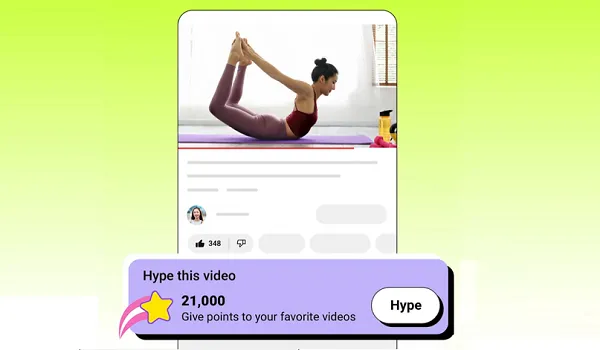



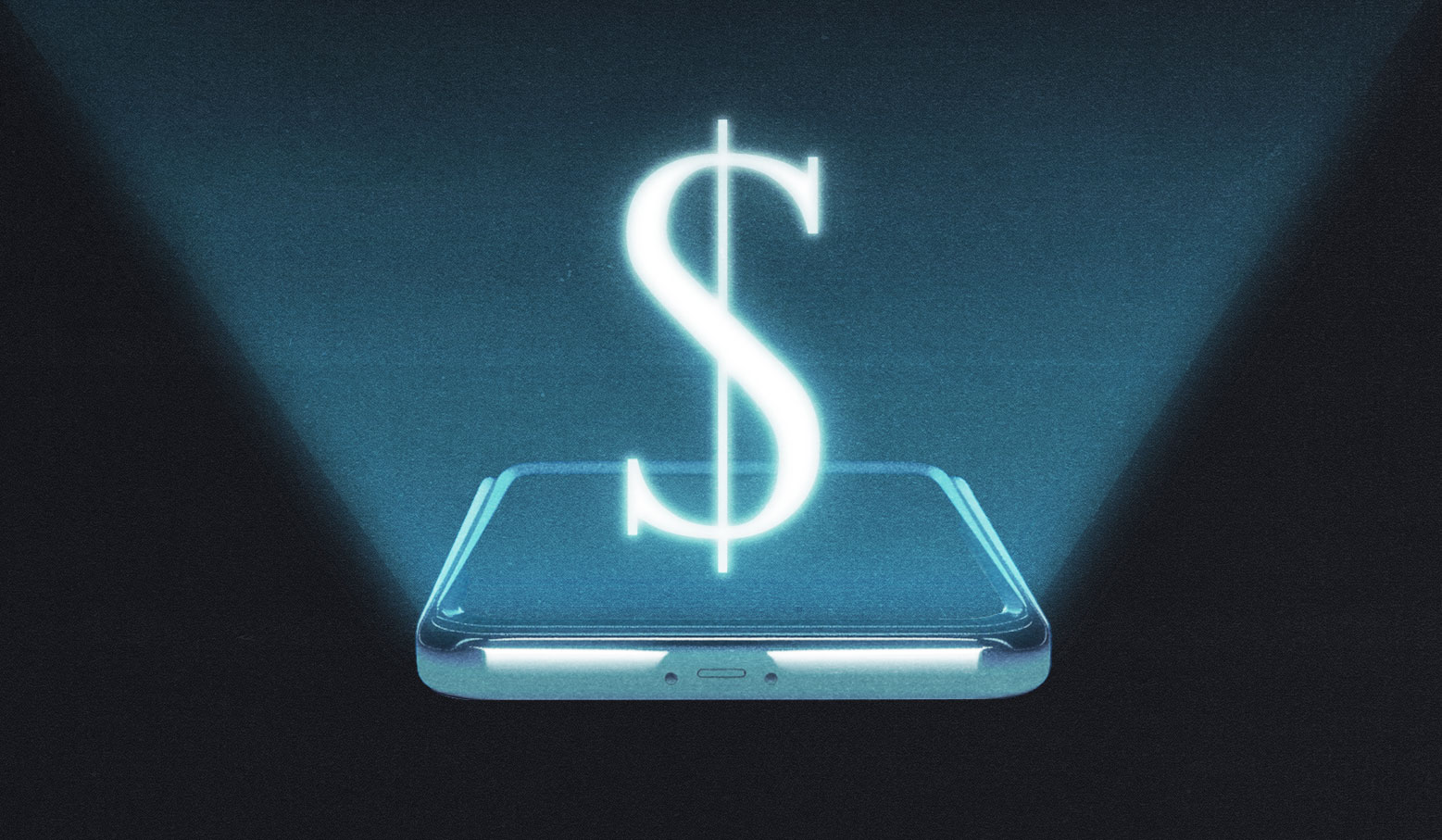













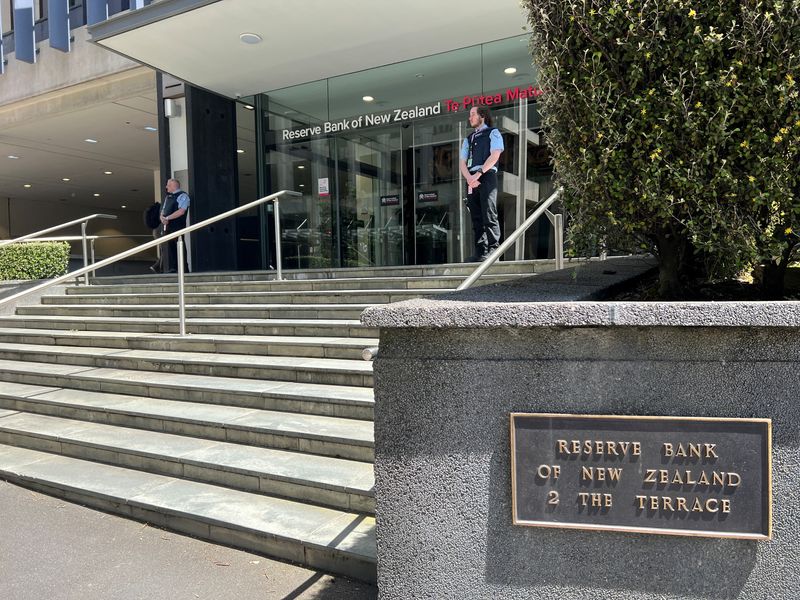

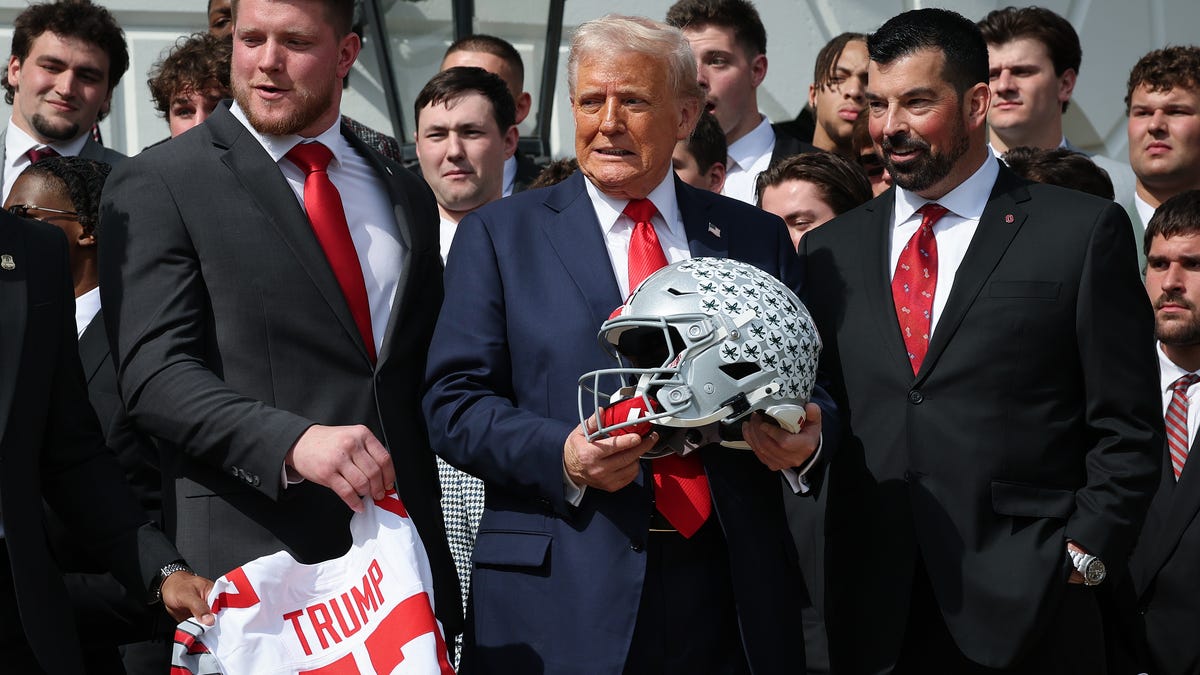














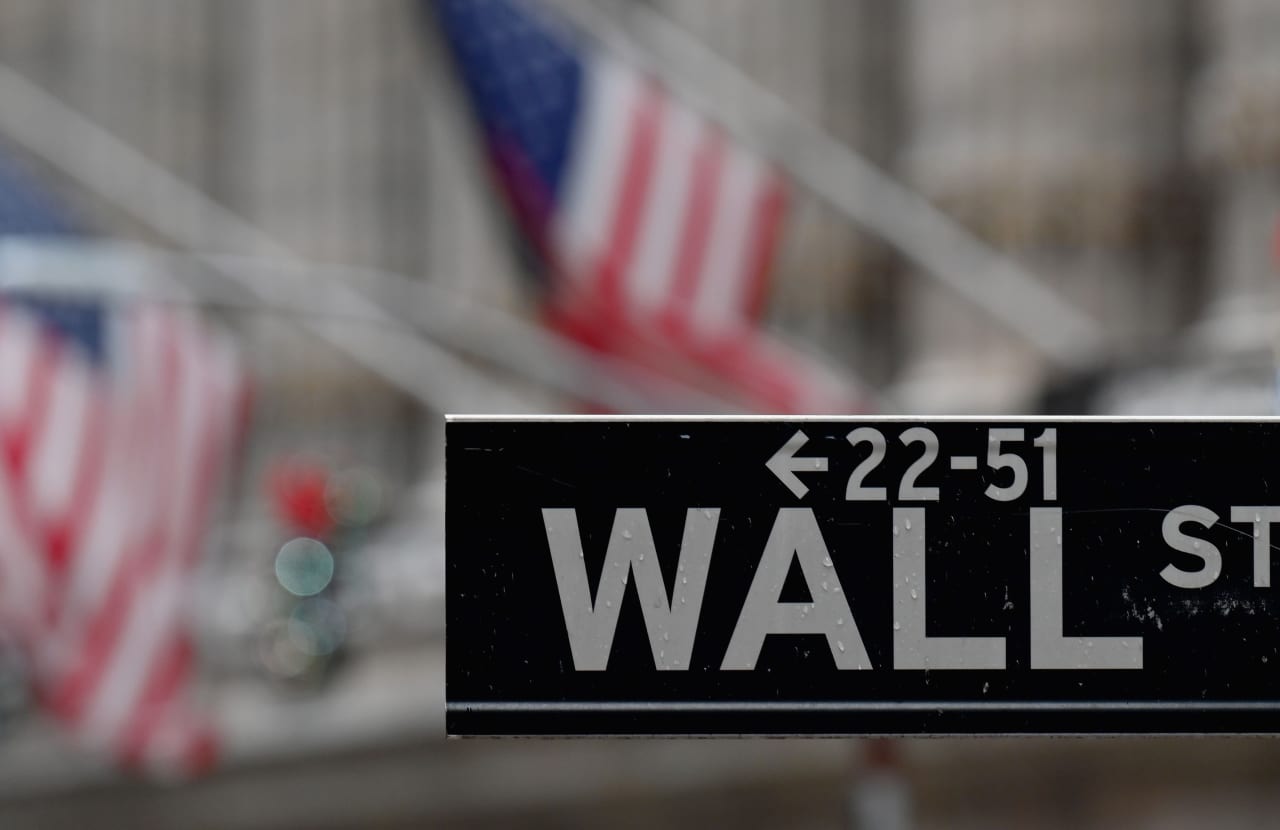
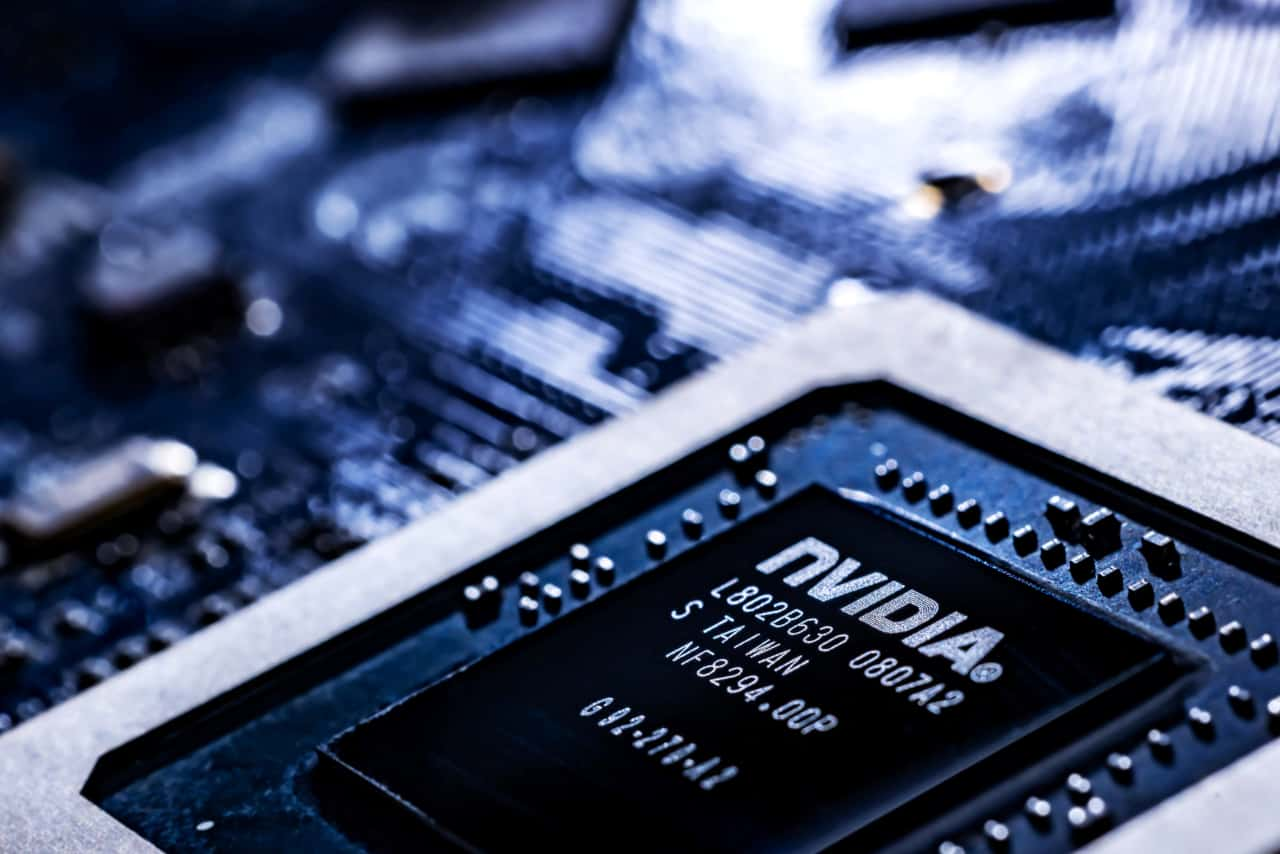

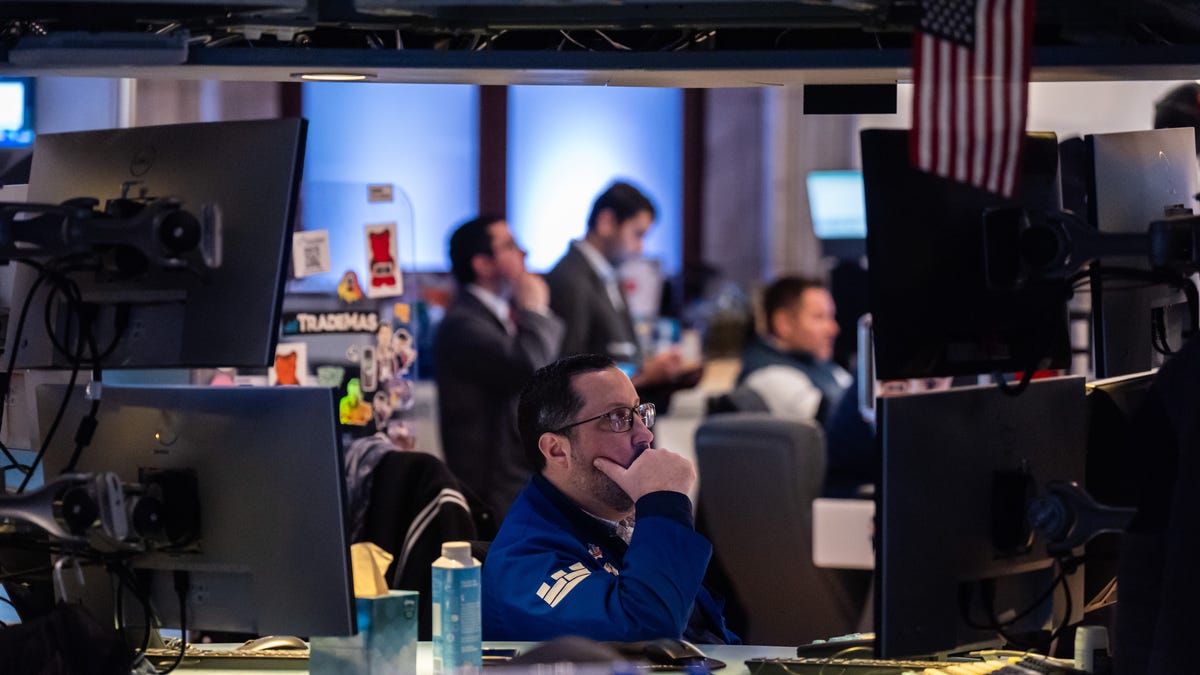



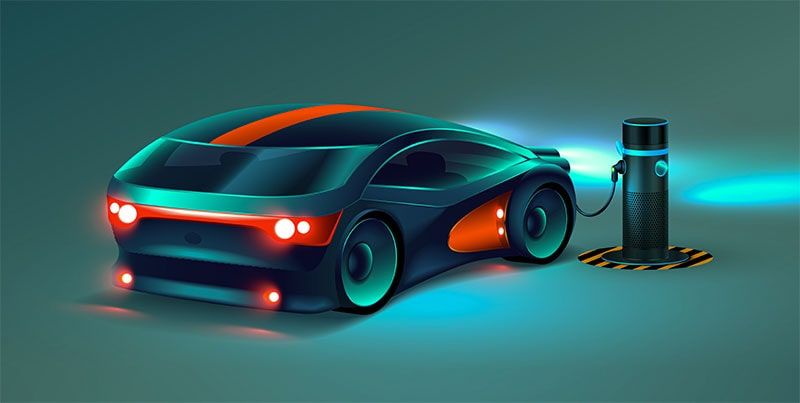





























































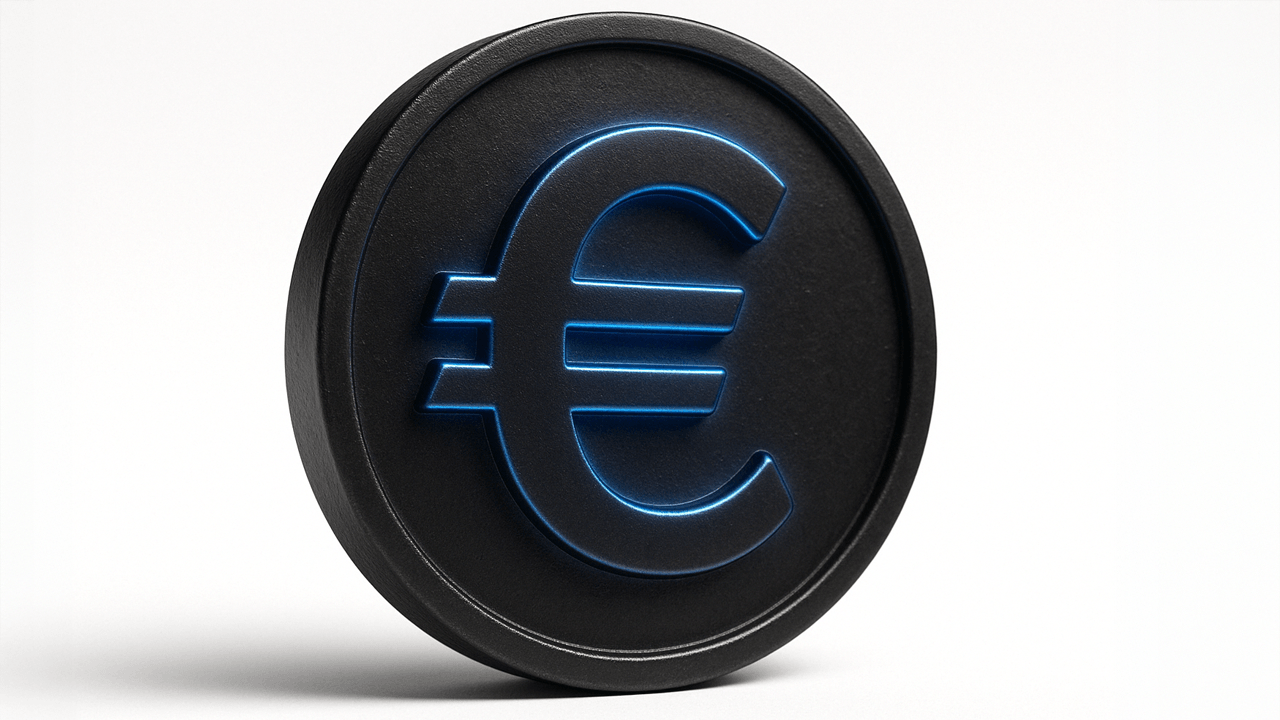






































































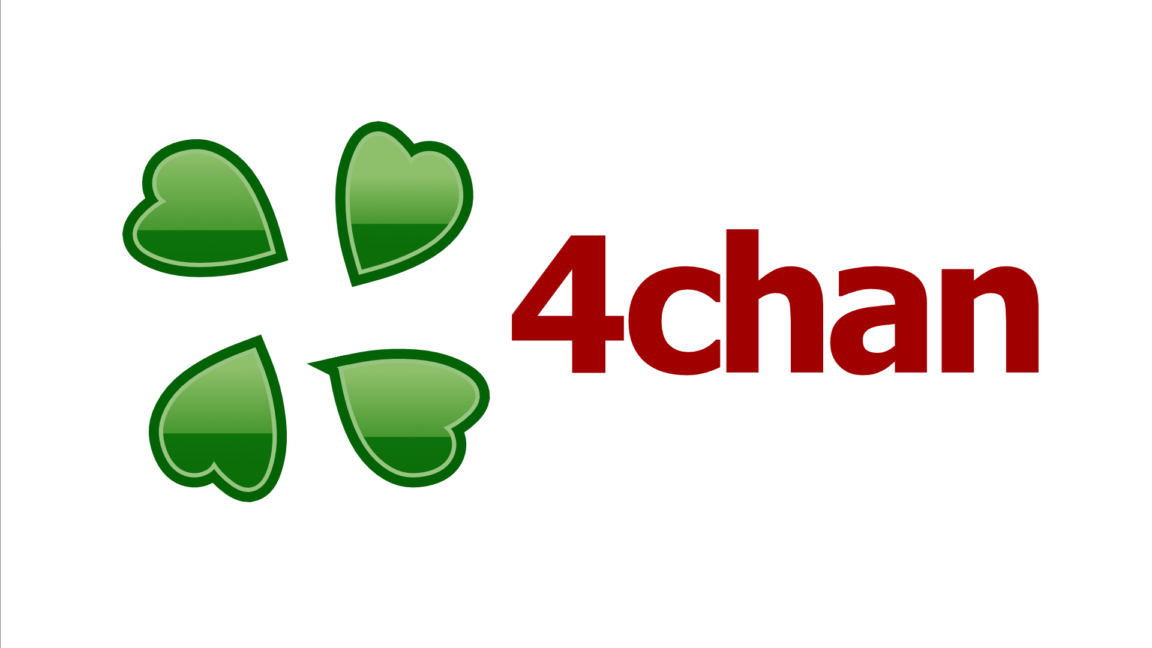





![How to Find Low-Competition Keywords with Semrush [Super Easy]](https://static.semrush.com/blog/uploads/media/73/62/7362f16fb9e460b6d58ccc09b4a048b6/how-to-find-low-competition-keywords-sm.png)



